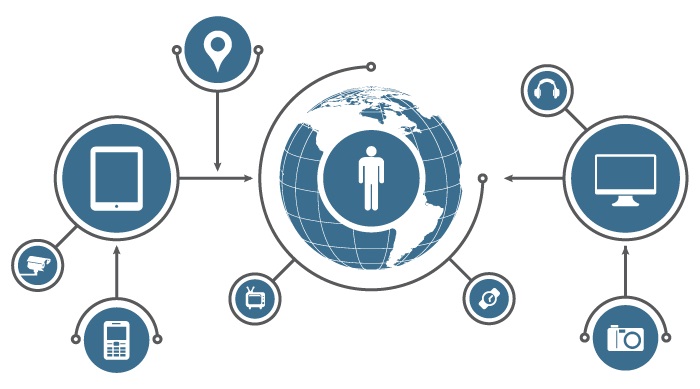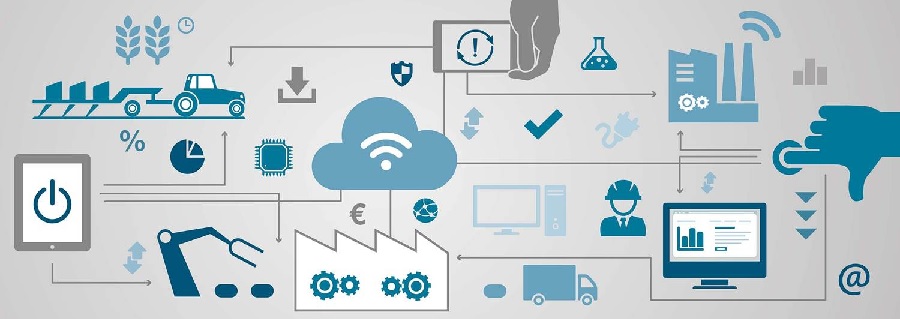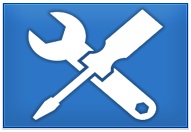The Industrial Cloud for M2M Systems
Overview
The Internet of Things has become a valuable tool around the industry. Companies that are built and perform on industrial automations realize just how important it is to efficiently manage countless data on a daily basis. Manufacturers, transportation and power industries are constantly dealing with multiple amounts of data for their suppliers. Accessing all this data poorly brings inconvenience and a loss of money to businesses. This is why most companies are turning to cloud computing. The IoT fuels M2M (machine-to-machine) communications through a cloud that makes applications run more productively for everyday and industrialized applications. This article examines a variety of cloud computing components and how this networking system performs in the industrial IoT.

Machine to Machine Applications
Communications that incorporates M2M technology finds itself to be very useful in industrial environments. Managing data or fixing machinery in a large warehouse can be a hassle, but with the aid of M2M communication, the IoT becomes a great asset. M2M systems can operate not only for industrial settings, but for everyday life situations. For example, if a car is driving down an icy road, the sensors, whether it is implanted in concrete or on a street light, can warn the car and notify the driver to slow down. One of the main benefits of M2M technology is its ability to analyze data in real-time and prevents problems before they even occur.
This technology can be incorporated in almost every industry. However, this article stresses more on the importance of M2M communications for the IIoT (Industrial Internet of Things). Cloud computing is a critical asset for demanding applications in industrial environments for its improved operational efficiency and more engaging connectivity between man and machine. The best ways the IIoT and M2M technology can be of efficient use is investing in cost effective nodes that are easy to install and reliable like wired connections. Cloud computing, however useful it can be, has its risks, but risks industrial businesses should take.

Building an Industrial IoT Network
Industrial IoT networks differ from regular consumer networks. The main differences are the reliability and accessibility. They need to be able to operate at every hour and day of the year. Industrial networks demand reliability and show its ability to manage data efficiently, make improvements/modifications, relay data to administrators, and show patterns of failures in computing systems. All industrial networking devices must be reliable, flexible, and secure.
Machine-to-machine networking should deliver excellent industrial customizations for the administrators and allow management to be more convenient. Industrial IoT networking platforms has dramatically increased communications so it must deliver reliable transmissions of harnessing large amounts of data through the network without failure. In order to ensure flexibility and reliability, it is important to make use of open source systems like Linux software. Customizable software solutions allow the IoT networking platforms to produce strong and secure industrial applications.
Furthermore, customizations and flexibility are not the only preferences for the Industrial IoT networks. The very devices that processes data like embedded computers must feature an adaptable design to run specific operations and streamline remote management suited for a specific role. Embedded systems should be integrated with a wide variety of rich I/O interfaces systems and software that efficiently manages communications between data transmissions.

Managing data over a network can minimize the loss of productivity. Machine failures due to water damage or other accidents without the administrators knowing can lead a whole factory to stop production. Time and money is usually mostly spent for maintenance and infrastructure. However, a key feature of the cloud is its ability to track and report data in real time. Overtime, this allows companies to predict problems that can occur in the future through design patterns. This lets managers deal with issues before it becomes a major problem in the long run. Using cloud can transform how a business operates. It brings flexibility in industrial connections. The cloud allows users to access data using just their personal smart-phones.
Three Components of Cloud Computing
- Infrastructure-as-a-Service (IaaS)

- This is where operations are outsourced, which is from outside a company, for storage, service and hardware. This is the bedrock of cloud computing. This model allows users to access and manage the operating systems and networks.
- Powerful storage and technology
- Decreases spending on human capital.
- Only pay for resources you use for a specific task allows businesses to save more money.
- Platform-as-a-Service (PaaS)

- This is the second layer where users have the ability to manage their own operations and data and the cloud vendor does the rest.
- Users do not have to use in-house software to manage new applications
- Allows for flexible change of software for developers and employee collaborations.
- Users get full access to managing and organizing multiple applications.
- Ideas are able to evolve to meet new business specifications.
- Save time and complexity for running applications
- Software-as-a-Service (SaaS)

- Applications are managed and delivered by a service provider over the internet.
- Frees companies from the need of expensive software management.
- A great alternative to conventional software for businesses.
- Already installed for time efficiency.
- Saas allows for automatic updates and more convenient collaborations.
- Access software anywhere in the world.
The Many Advantages of Cloud Computing for the IIoT
Losing devices with valuable information can create devastating effects for companies. But when data is stored in the industrial cloud, it can always be accessed and never lost. Cloud computing allows users to access and manage their data form anywhere in the world with the aid of infrastructure as a service, platform as a service and software as a service. The IoT presents its usefulness through alerting an administrator for system failures or damages whether or not maintenance is needed in real time. This creates a more productive industry saving valuable time and money. For industrial applications, using open source systems allows for flexible and customizable software developments. Embedded systems also support this role due to its adaptability for specific applications.




